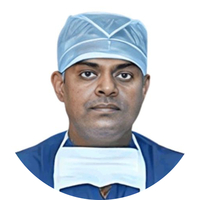Summary
The surgical procedure of osteotomy involves trimming and fixation of a bone to relieve osteoarthritis pain. The surgery is recommended when pain management measures such as medicines, weight loss, and exercises have failed to ease the discomfort. Before the surgery, you will be asked to get imaging scans of your joint for a careful evaluation of your bones and planning of the procedure. Your doctor will ask you about your lifestyle habits, medical history and history of allergies.
The surgery can take up to one to two hours for completion. Post-surgery as per your condition, you will be allowed to go home the same day or may have to stay in the hospital for up to two days. A nurse/medical team will teach you the use of crutches to reduce weight on your joints. Your doctor may also suggest rehabilitation exercises to strengthen your recovery after the surgery.
















